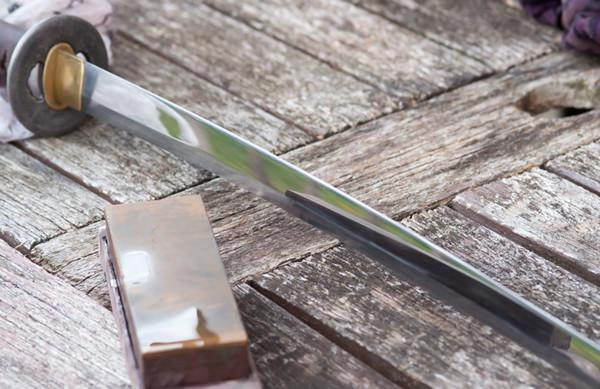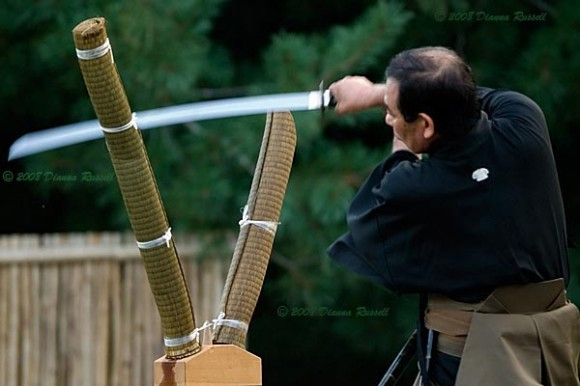How the japanese sword was sharpened?


The Japanese sword is arguably the most famous sword in the world. With its curved single-edged blade, it has become synonymous with high-quality swords. In feudal Japan, the KATANA was the weapon of choice for the samurai, and the law required the samurai to carry the sword. Of course, the sharpness of the sword largely affects the effectiveness of the KATANA.
Forging a traditional JAPANESE SWORD is not an easy task, nor is it something that a swordsmith can accomplish in just a few hours. If the swordsman usually takes weeks or even months to complete the KATANA. However, after the blade is forged, it is passed on to others for sharpening and polishing.
Since the era of feudal Japan, the process of sharpening the knife has not changed much. The blade is still sharpened with a whetstone, and the whetstone will basically fall off a small amount of the blade to obtain a sharp edge. Today's millstones are often as valuable as swords. The report shows that some of the best quality grindstones can sell for thousands of dollars for experienced sword collectors and swordsmiths.
When sharpening a katana's blade, rough, low-grain grindstones are initially used, and then individuals will gradually switch to finer, higher-grain grindstones. Of course, this is the same concept used when sharpening any blade today. Whether you are sharpening a sword or any other blade, you usually start with coarse sand and end with fine sand. Coarse-grained grindstones can remove more metal, while fine-grained grindstones help to create sharper edges by removing less metal.

During the feudal Japan, water stones were used to sharpen samurai swords and other bladed weapons. Contrary to what some people believe, Japanese water rocks are not wind-blown rocks found in lakes and rivers. Instead, they are natural stones lubricated with water. Japanese swordsmiths found that lubricating the grindstone with oil would reduce its effectiveness as a sharpening tool. Therefore, they started to lubricate the grindstone with water. These water stones are usually made of natural materials such as silicate particles and clay.
The size range of Japanese water stone is very wide. Some of the coarsest water stones only have a particle size of 500 to 1,000, while the finest water stones have a particle size of 7,000 to 10,000. The person in charge of sharpening the KATANA uses a lower-grain water stone on the blade, and then he or she continues to use a higher-grain water stone. Once the edges are sharpened, the person will begin to sharpen, also using water stones in the process.
Discover the many attractive options available for KATANA swords and CUSTOM KATANA.
Want a unique sword? Feel free to contact us:
Phone: 086 13739276006
Email: [email protected]
Website: www.hanbonforge.com
Custom Sword Page: www.hanbonforge.com/CUSTOM-SWORDS/Custom-Your-Own-Swords

2 Comment(s)
The real sharpening is a technical job. not everyone can do it
Modern grinding technology should be much better than ancient times
Leave a Comment